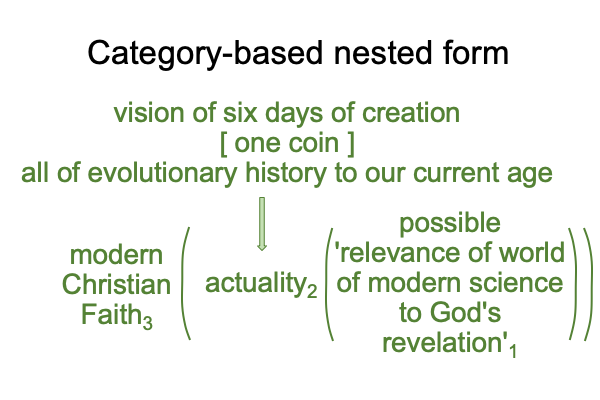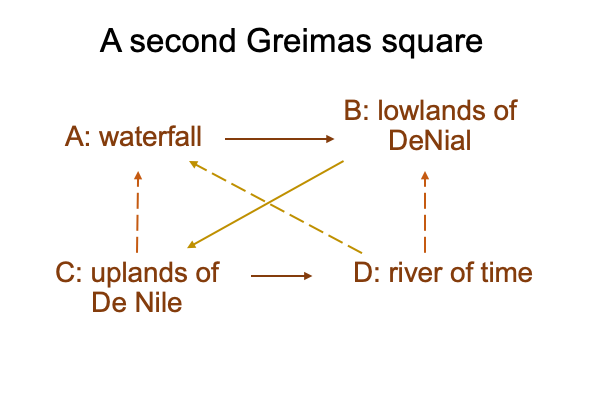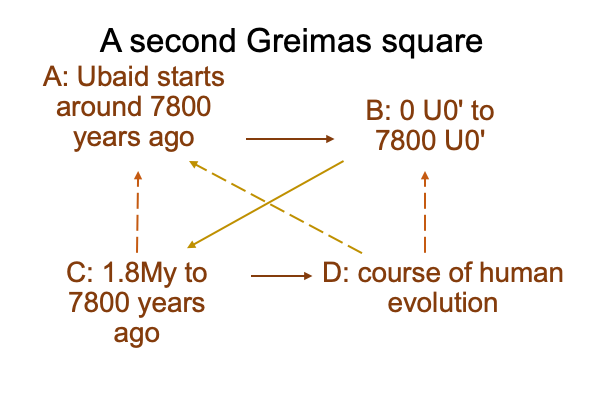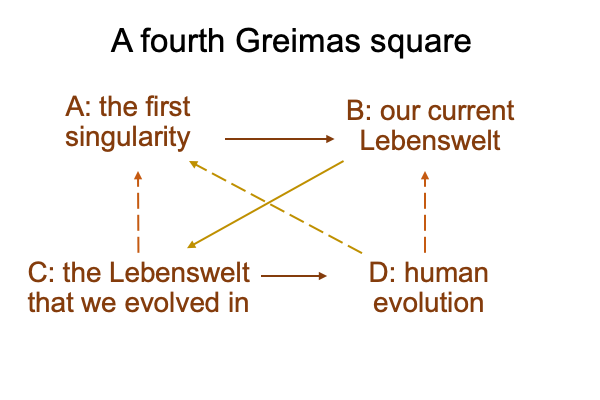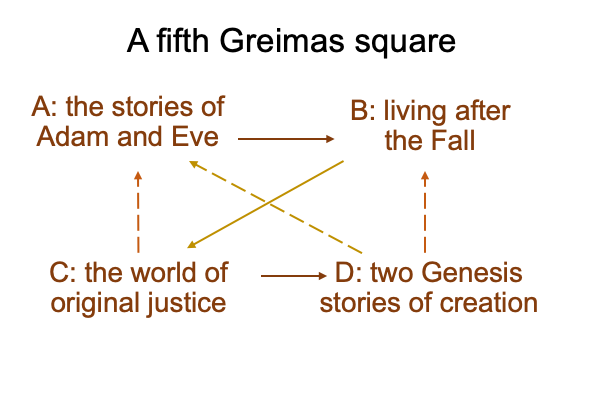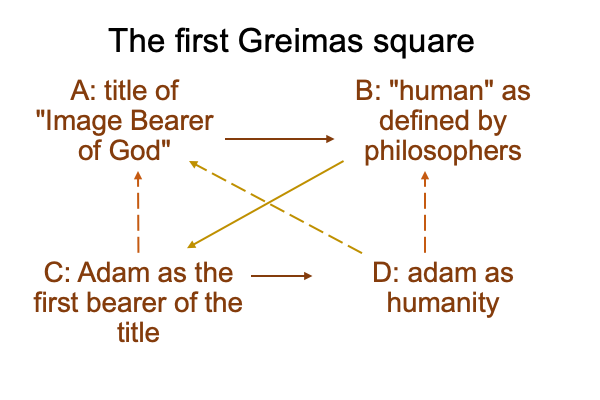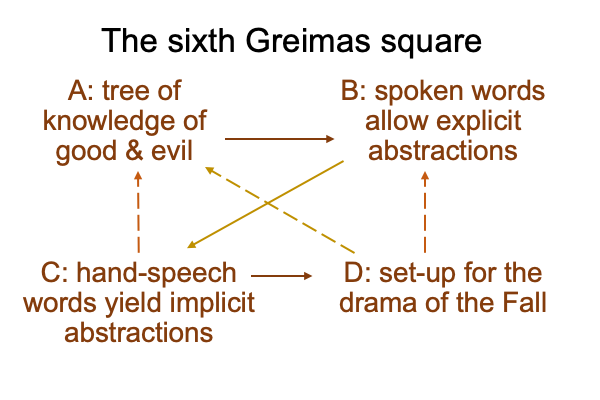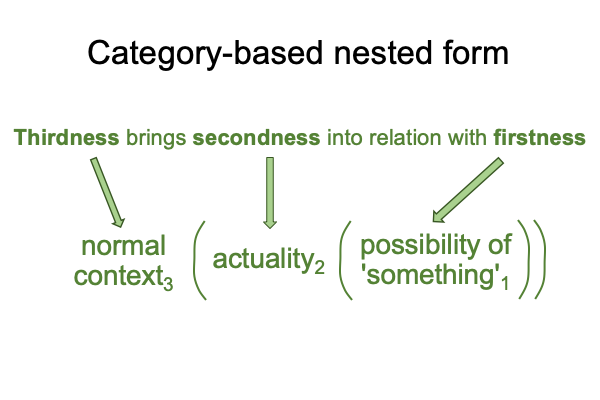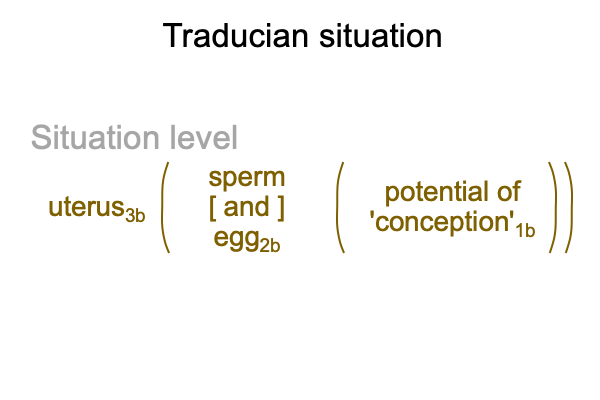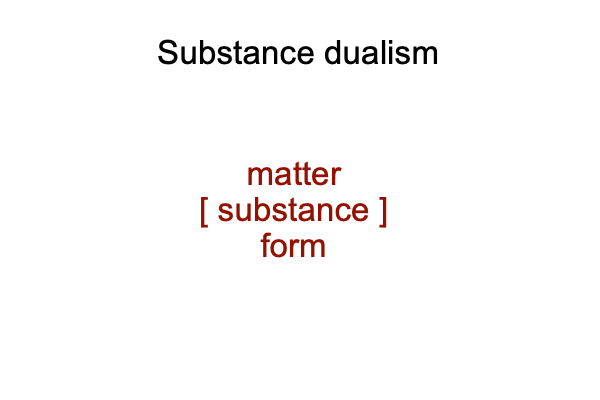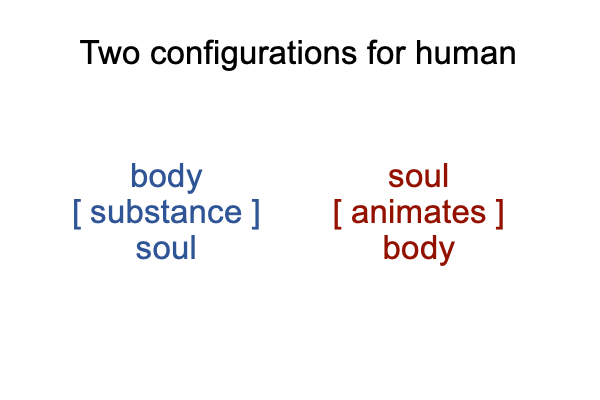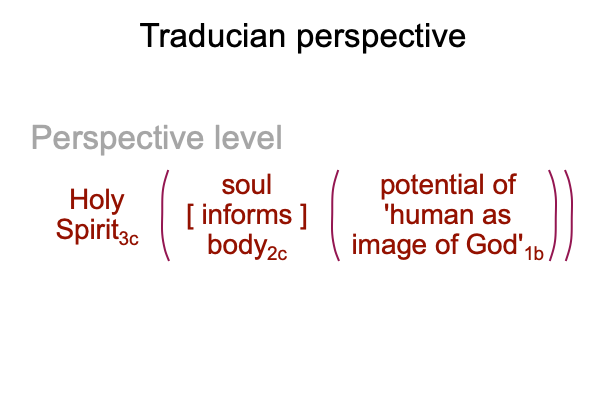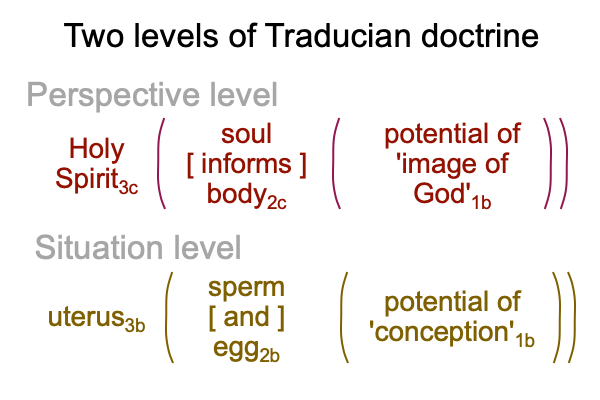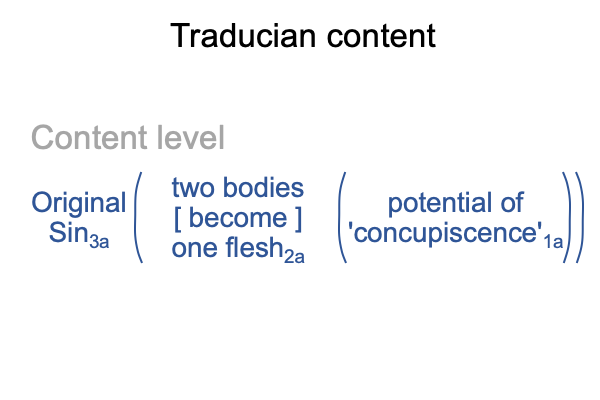Looking at Andrew Ter Ern Loke’s Book (2022) ” The Origin of Humanity and Evolution” (Part 8 of 22)
0074 The scientific hypothesis of the first singularity allows the Christian theologian to see the actuality inherent in the coincidence of Biblical inerrancy and divine accommodation.
0075 If the Bible is inerrant, then the fairy tales of Adam and Eve are not in error. There may be no talking snake, as envisioned. But, there is a historical Adam and Eve, deep in the founding of the Ubaid of southern Mesopotamia, who practice speech-alone talk and who make a tragic decision.
Who remembers this decision?
The women of the family of Seth, the women of the family of Noah, and the woman of the family of Terah fashion a fairy tale. Generation after generation, mothers tell their children this fairy tale, with utmost fidelity. Why such fidelity? They know that this story goes back as far as anyone can remember.
0076 If the Bible accommodates for the ways of humans, the genre of fairy tale fits the concept. In our current Lebenswelt, we are exiles from the Lebenswelt that we evolved in. The story of Adam and Eve accommodates to those who tell origin stories.
Perhaps, it is fitting that the women of Israel bear this tradition. The stories of Adam and Eve are not explicitly recounted in the later books of Moses, which stand in the purview of priests and similarly appointed men. These fairy tales are only included in the writing of the Old Testament by an alleged “redactor”, perhaps because the bards of Israel start their traditional recitations with their mothers’ fairy tale. The stories of Adam and Eve shift attention, from the grandeur of the Creation Story, back to the mundane lives of those who God has chosen.
These stories are like water landing from a waterfall as high as the eye can see.
0077 At this point, I am able to formulate the vision that Loke strives to achieve.
The stories of Adam and Eve clearly are fairy tales. They are precisely the type of stories a mother tells her children. And yet, they come from the Bible, which has no errors, because it is the word of God. Well, the Bible is the words of God. The Word of God is Jesus, the Christ, the fulfillment of all that goes before. Jesus is the penultimate in divine accommodation, as well as the penultimate in Biblical inerrancy.
For today’s Christian, confronted with the intransigence of science and confounded with the falsities and the deceptions of modernity, the stories of Adam and Eve do not sound like anything a scientist would describe. For that, Christians are ridiculed by the very people who claim that the Bible is simply another tale from the ancient Near East.
Yet, in that observation, there is an opportunity. According to Loke, the Pentateuch must be interpreted as events, occurring on a small stage, within a larger stage, the theater of the ancient Near East. Once this type of concordism becomes routine, then the wonders of the coincidence of Biblical inerrancy and divine accommodation may play out and expand the extent of God’s revelation to include that larger stage.
0078 The only requirement is for the stories of Adam and Eve to somehow connect to the start of the grand stage, the start of civilization in the Near East, as well as throughout the world.
That requirement is satisfied in the scientific hypothesis of the first singularity, which proposes that speech-alone talkenters a world filled with hand-speech talk with the Ubaid of southern Mesopotamia.
The stories of Adam and Eve associate to the start of the Ubaid, as well as the earliest adoption of speech-alone talk, as well as the initiation of our current Lebenswelt.
0079 Here is a picture of Loke’s vision.
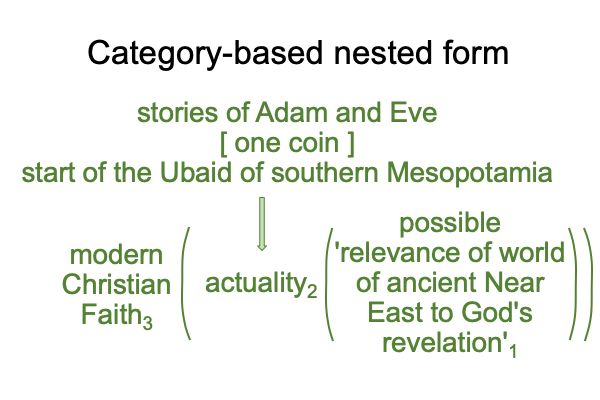
0080 As soon as this dyad in the realm of actuality is formulated, Loke’s vision unfolds.
Yet, Loke knows nothing about the first singularity.
This is a rare moment in history. No one knows that great questions have been addressed by a novel scientific hypothesis. Why civilization? Why are the timeframes of the Lebenswelt that we evolved in so different than timeframes in our current Lebenswelt? How are we tied to the origin of our current Lebenswelt?
Loke knows nothing. And yet, because he has read and contemplated the scriptures, he knows everything.

